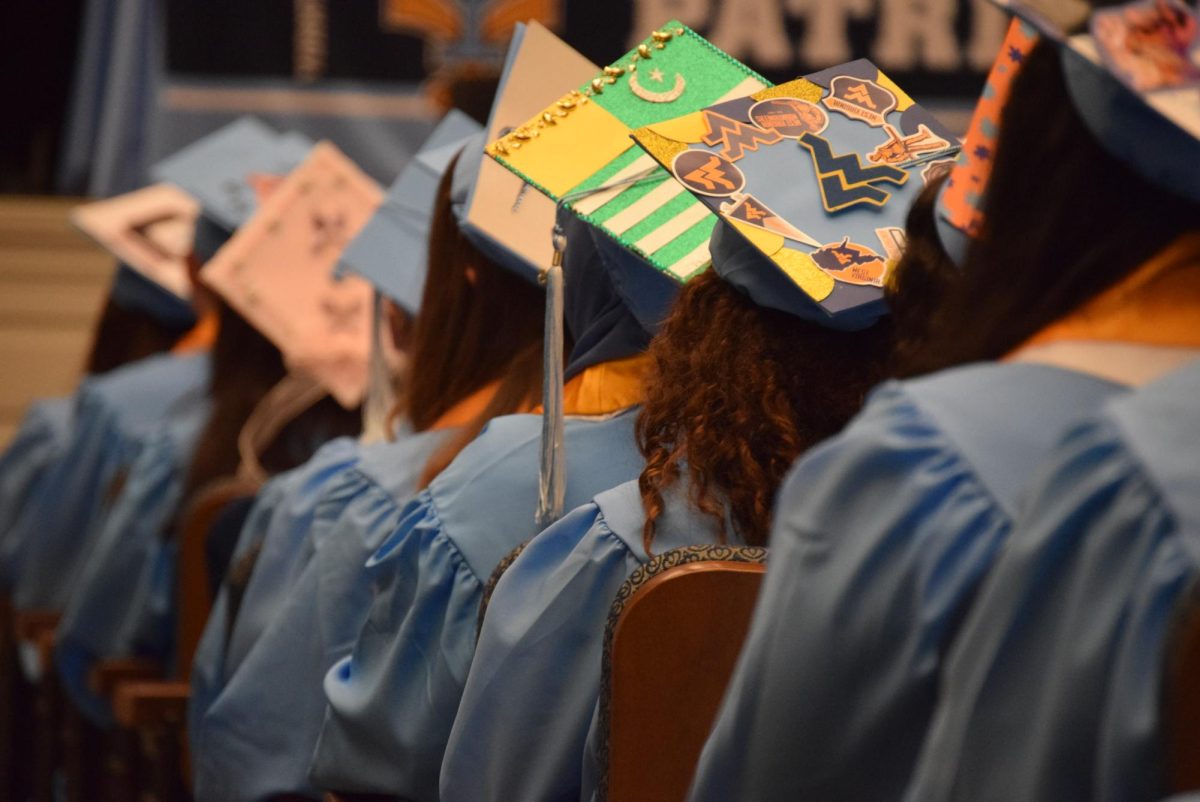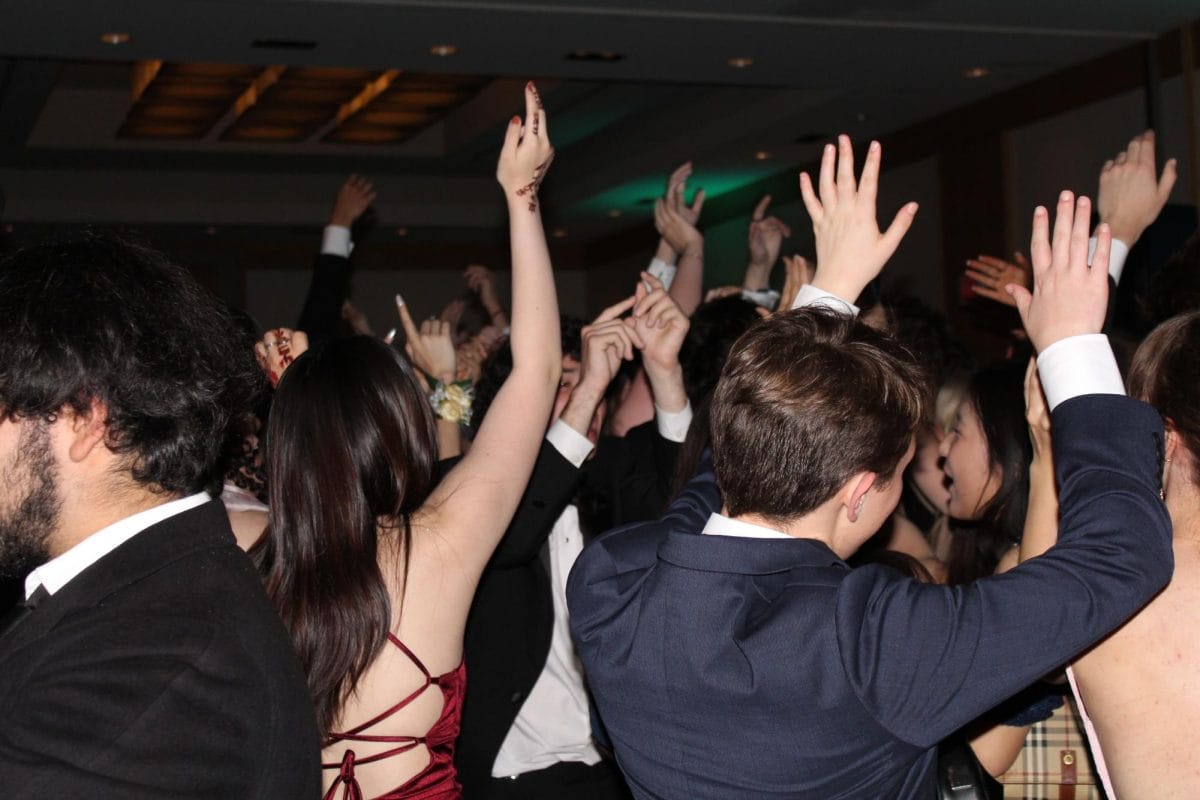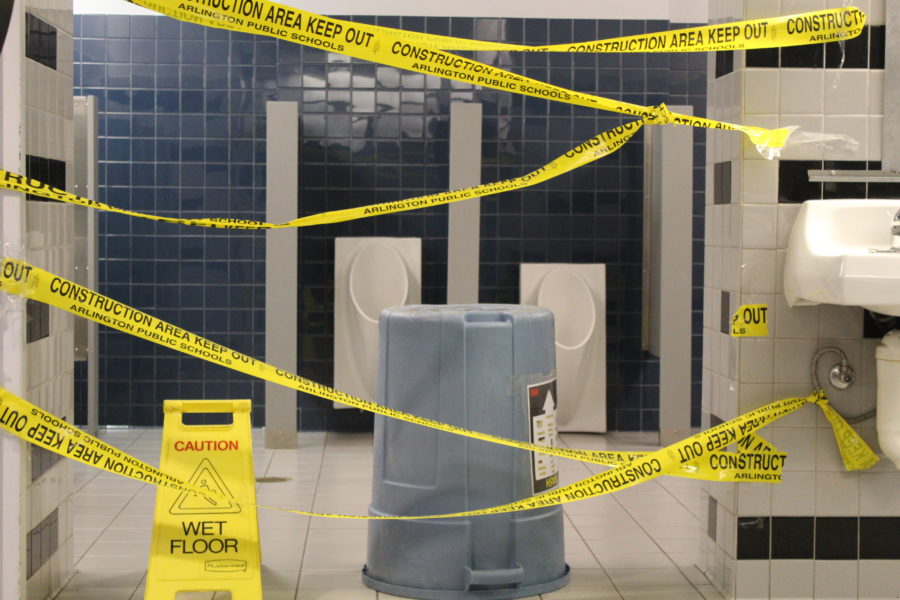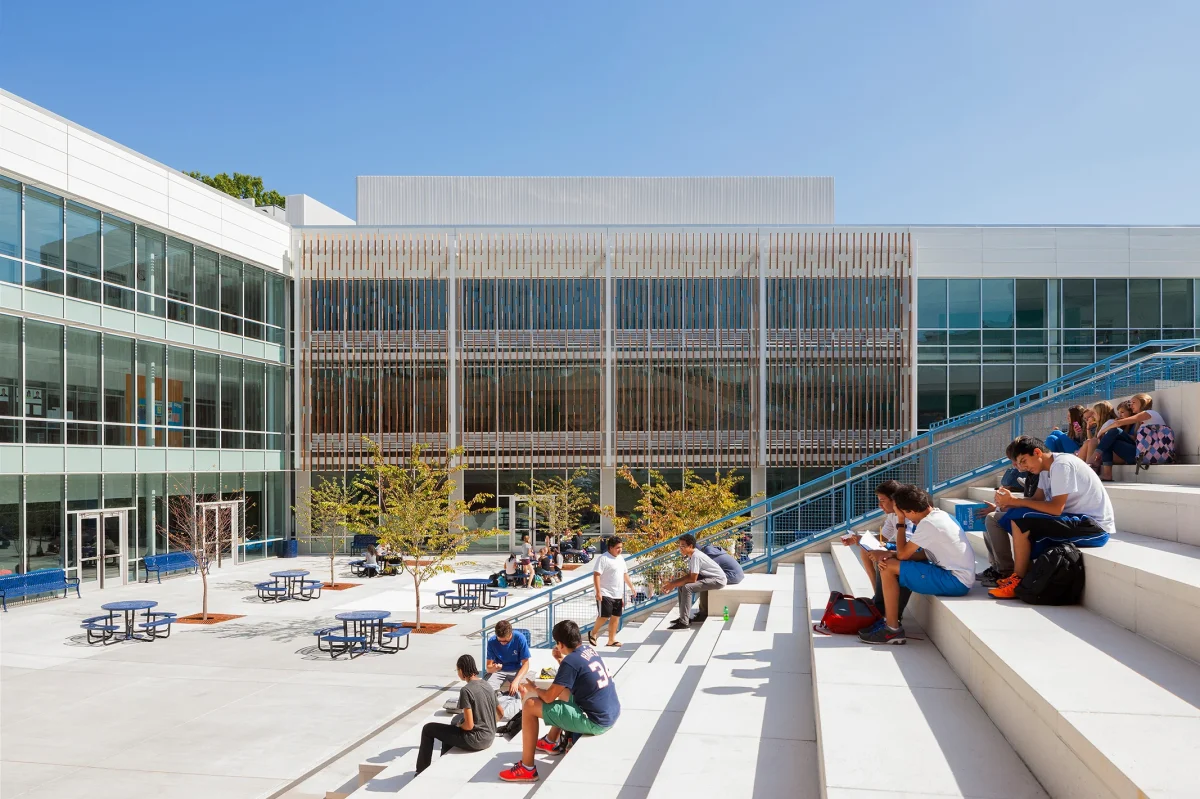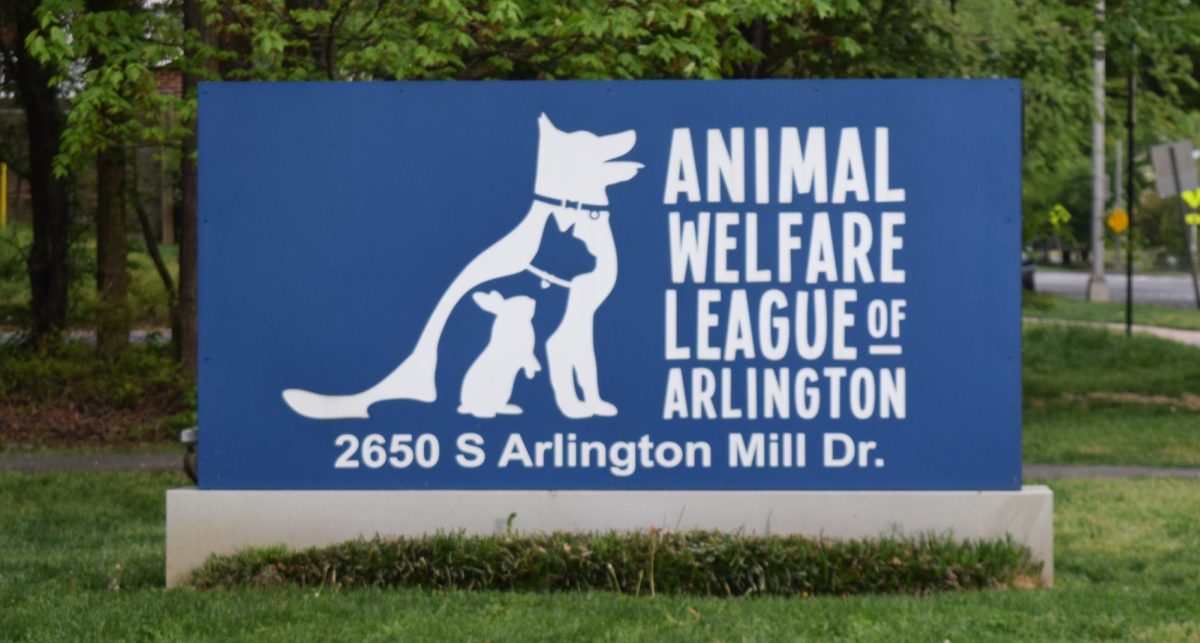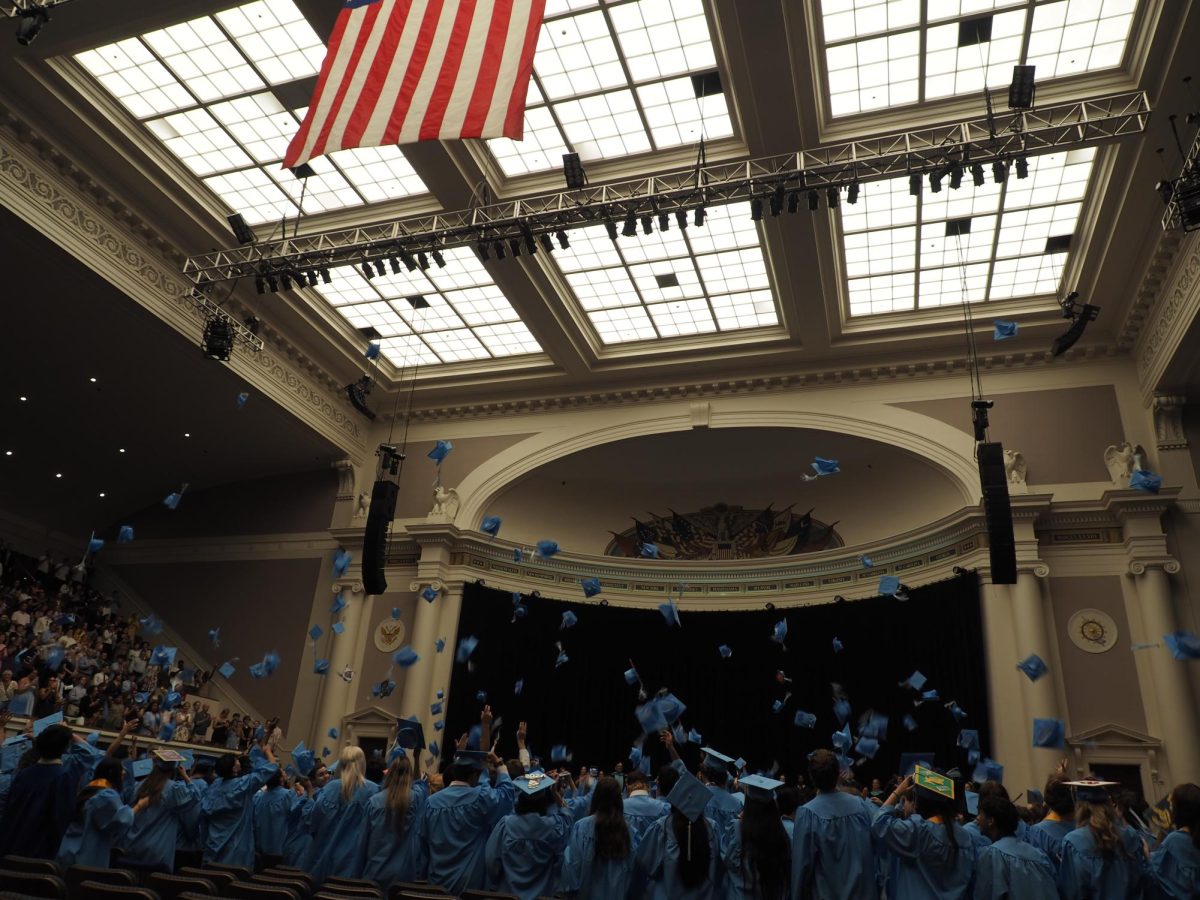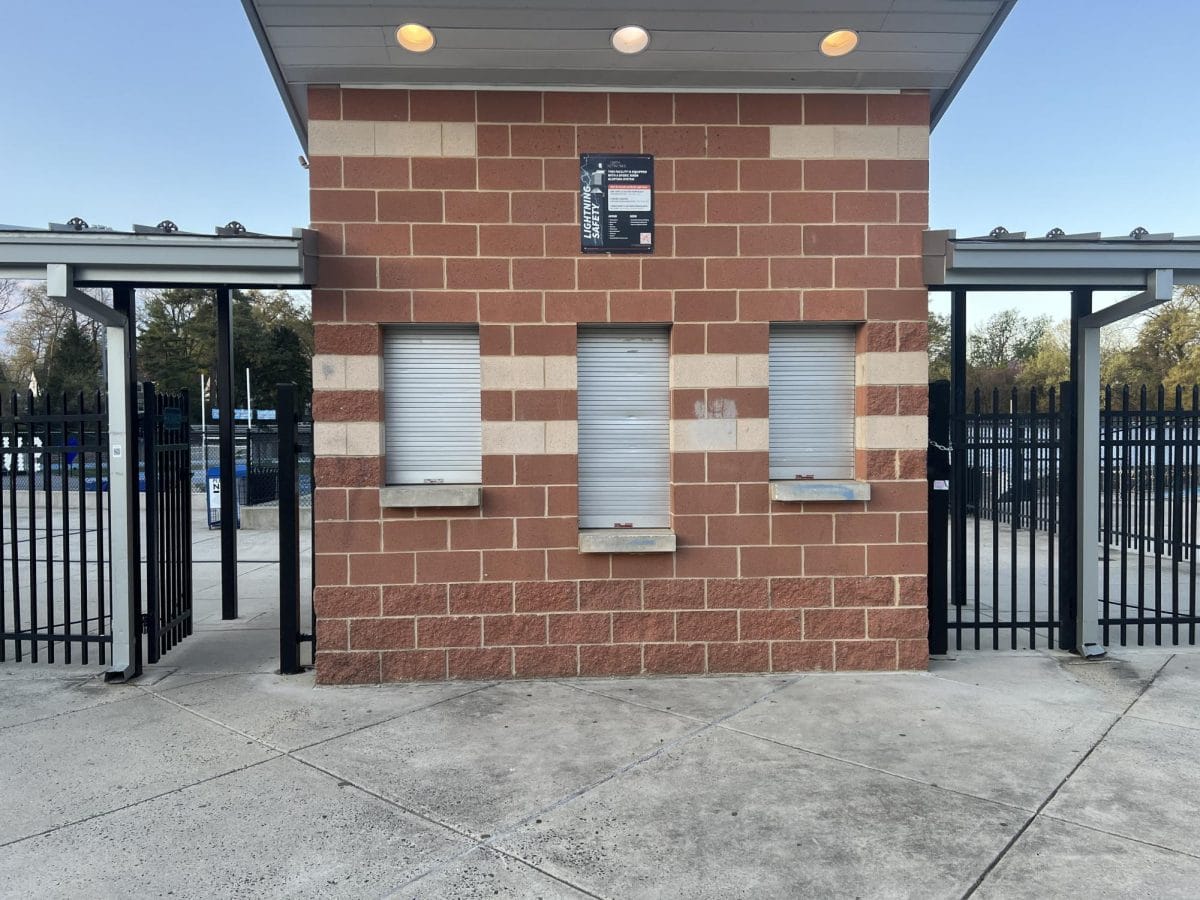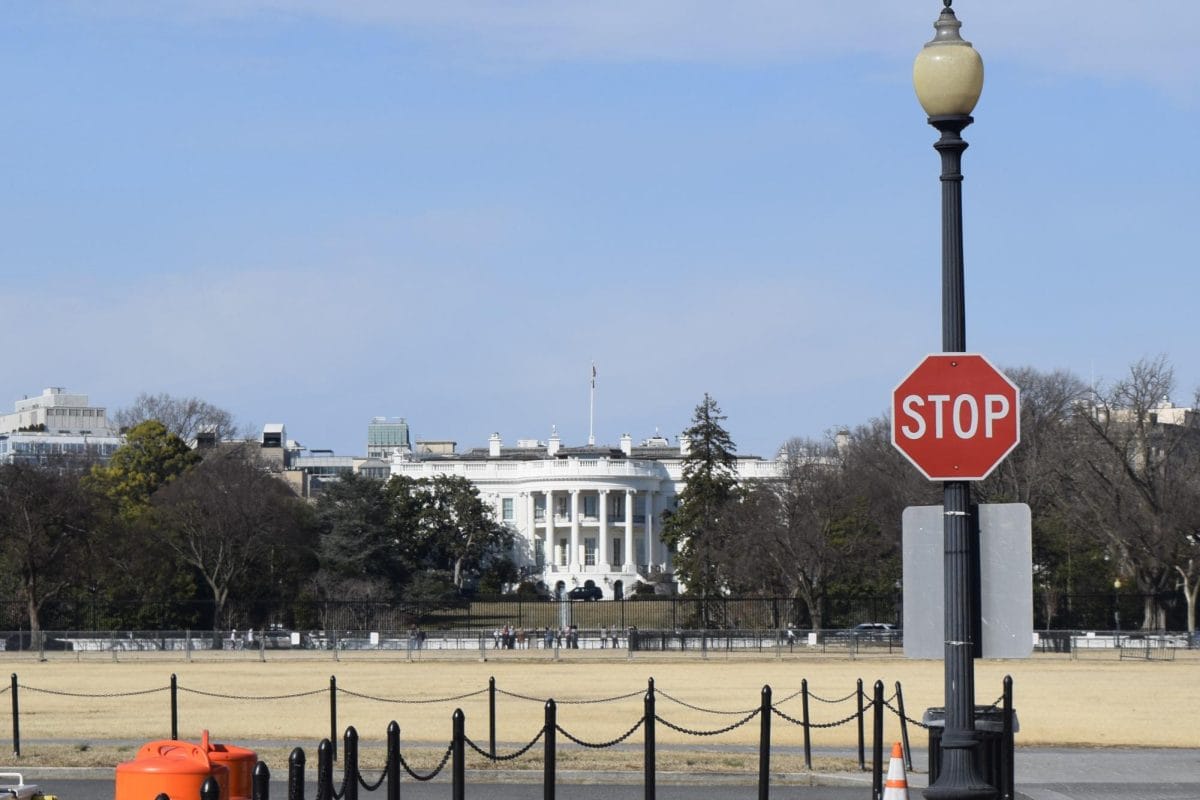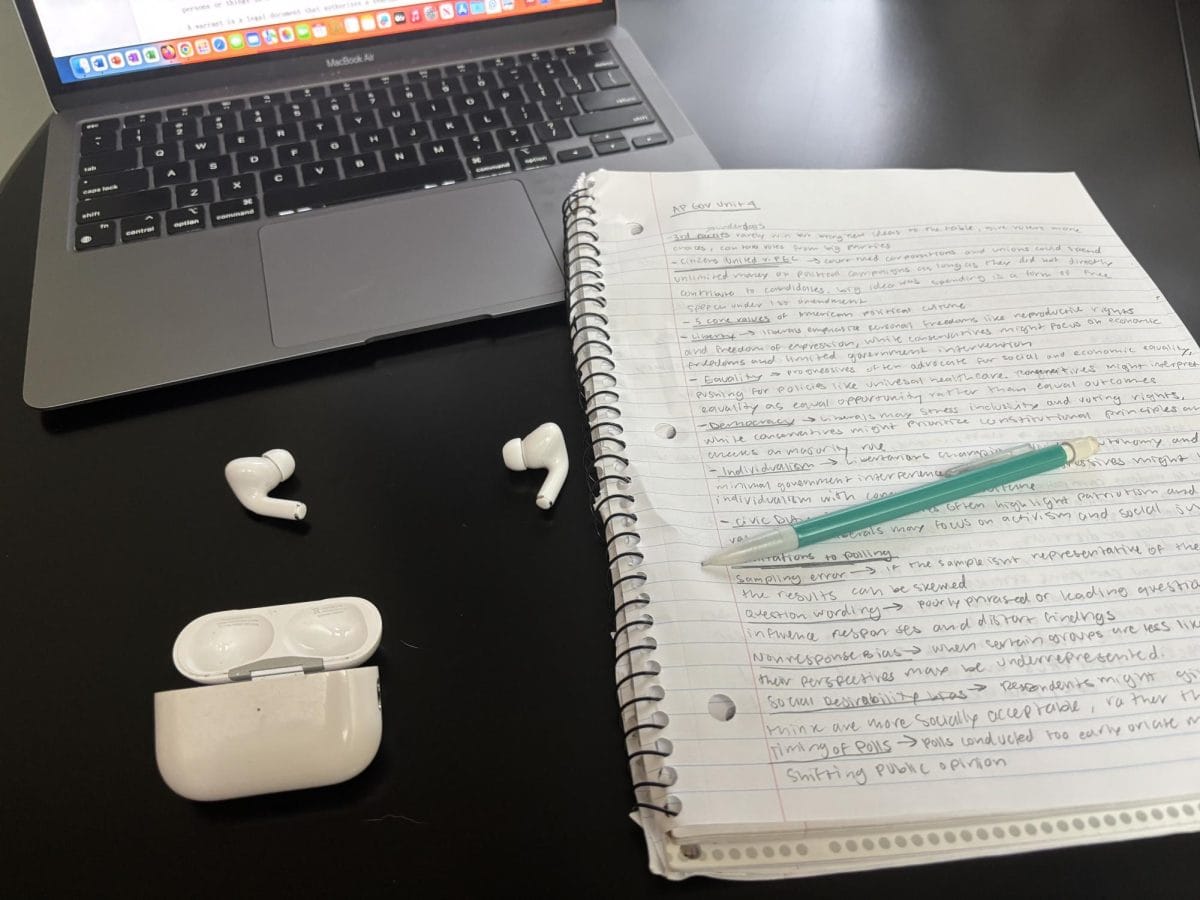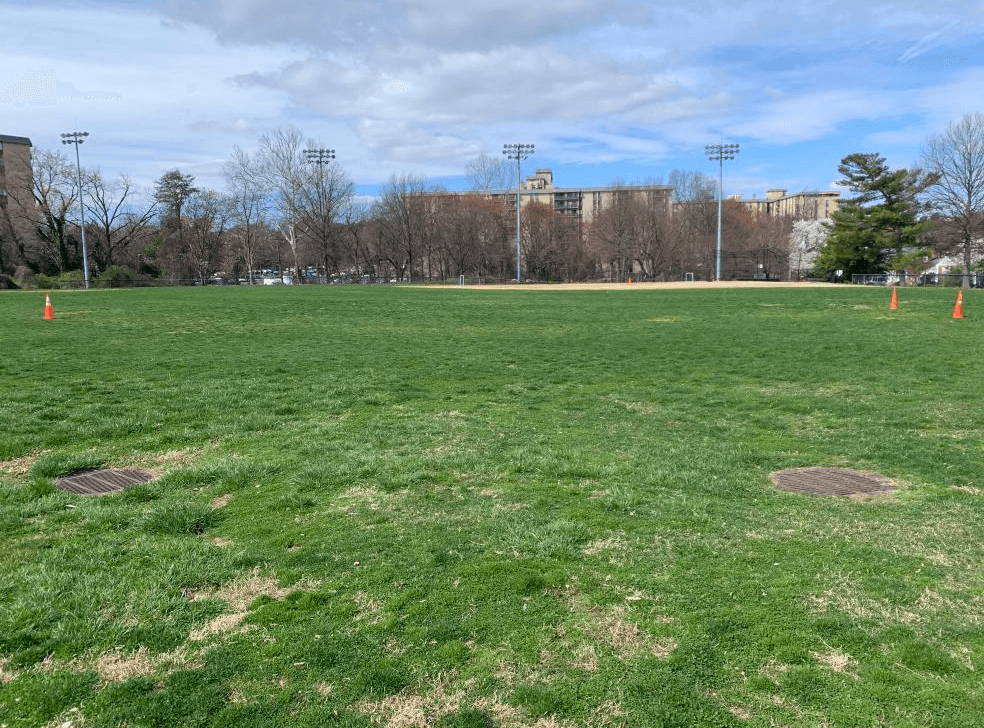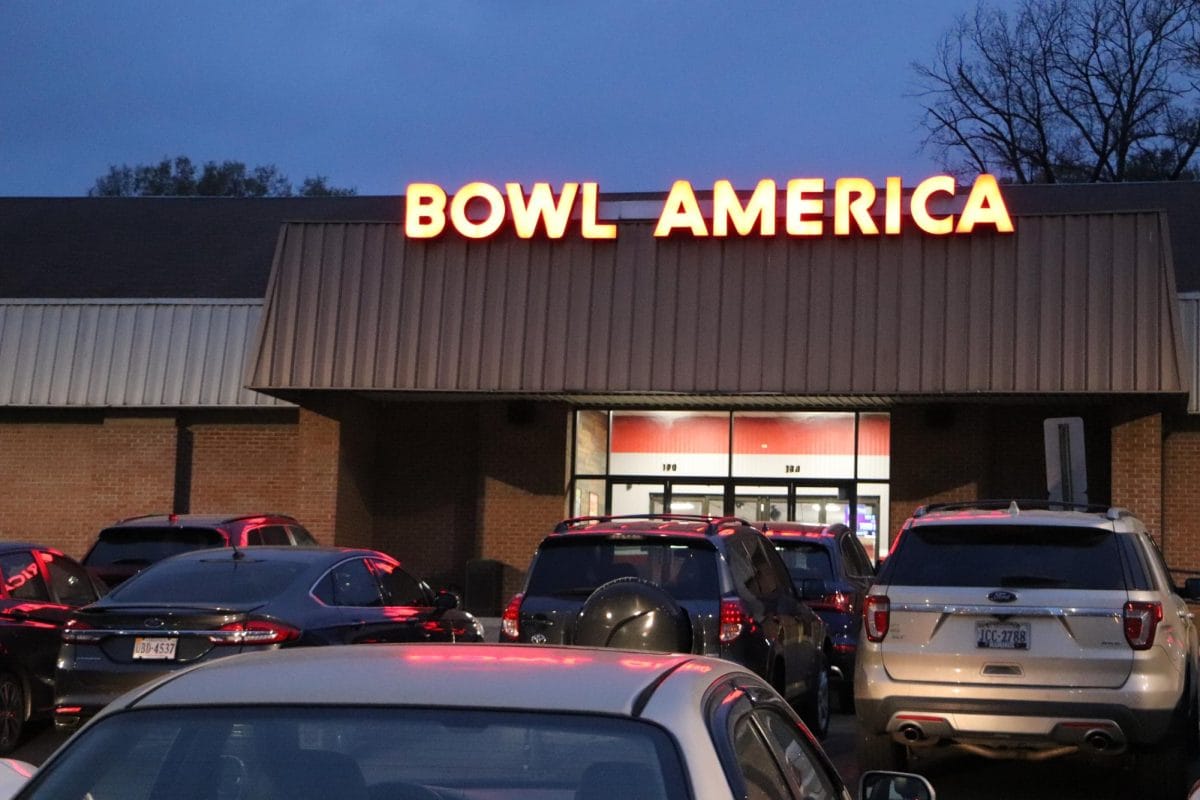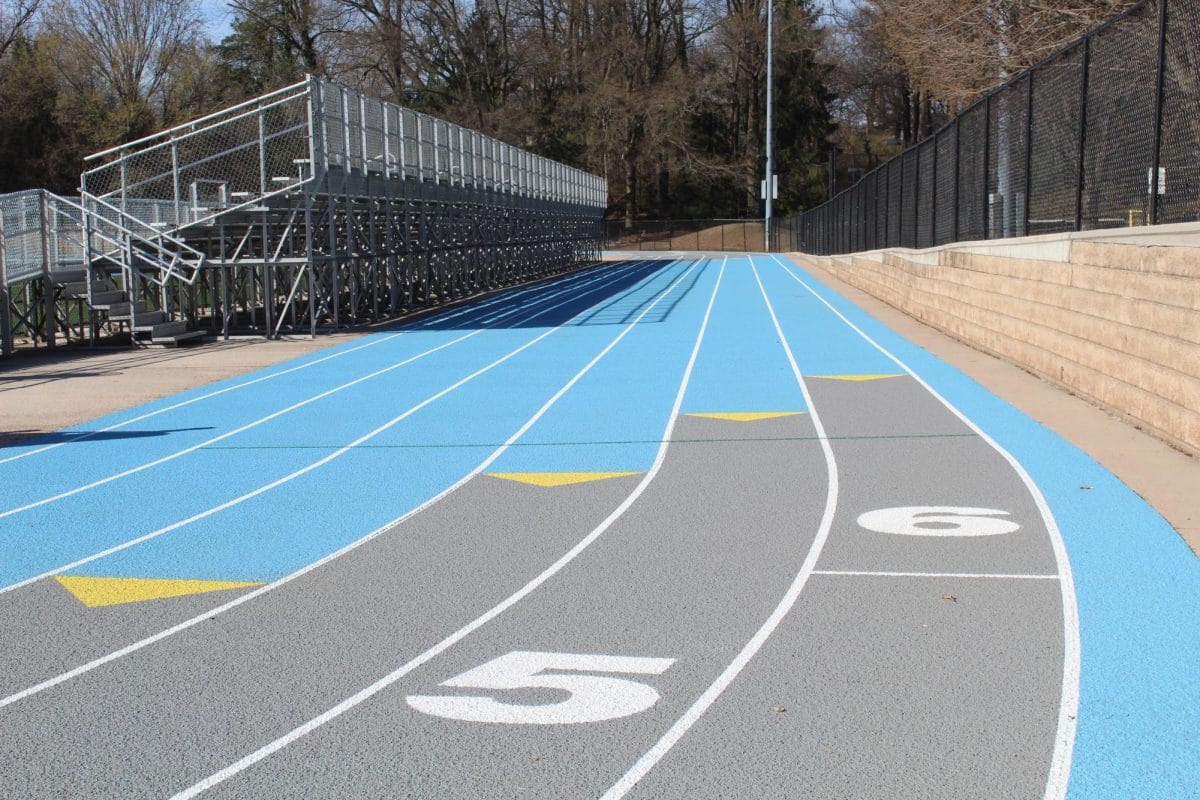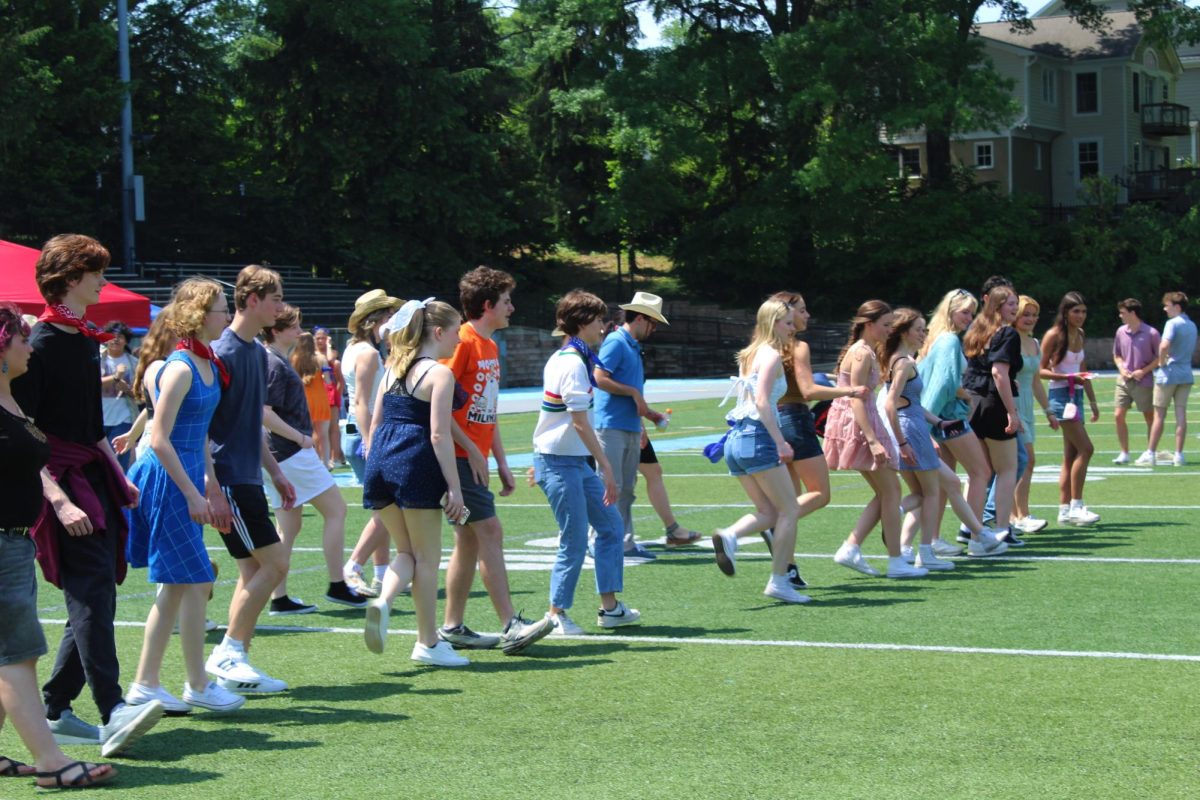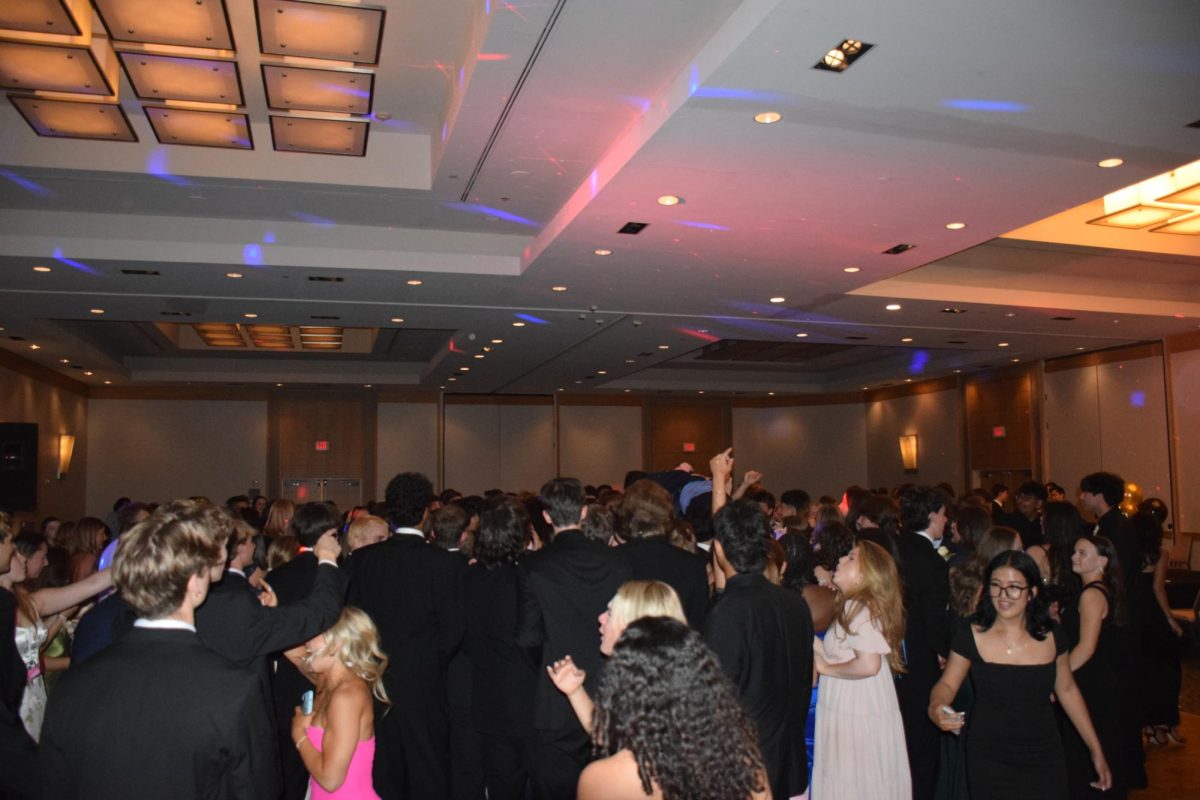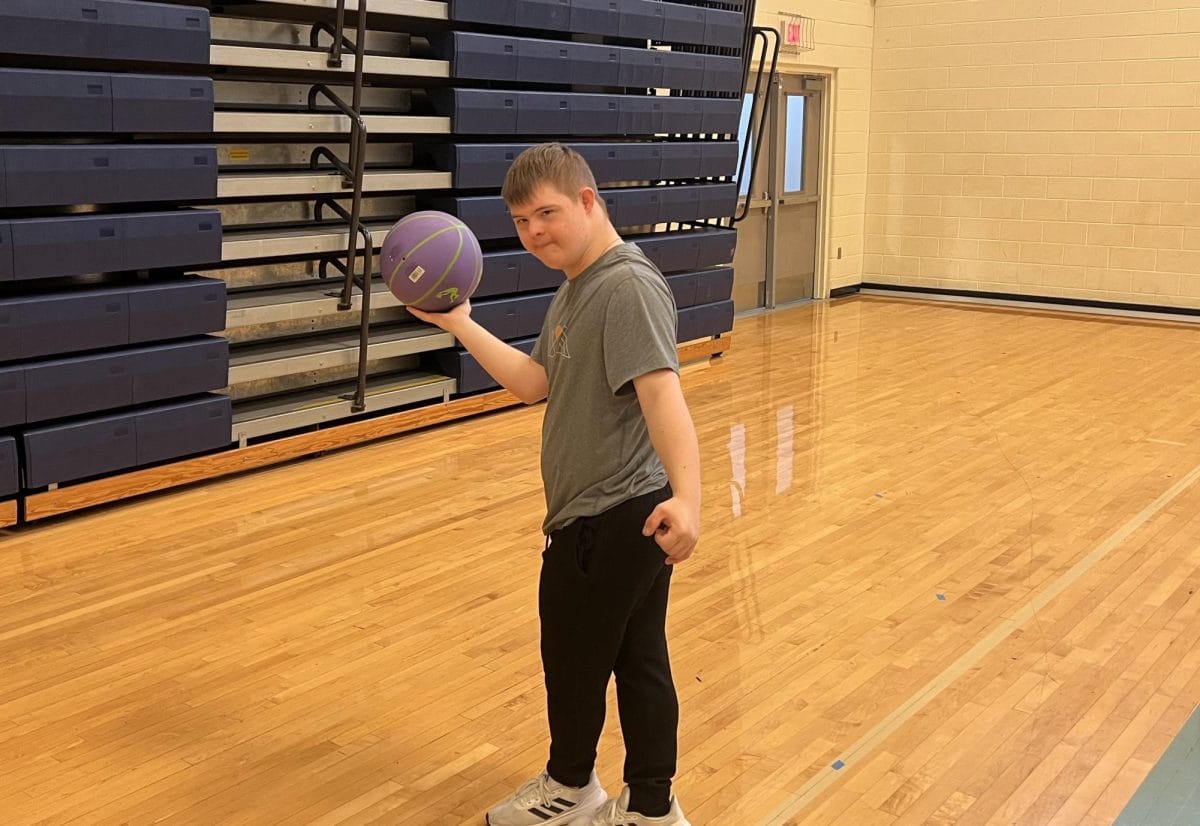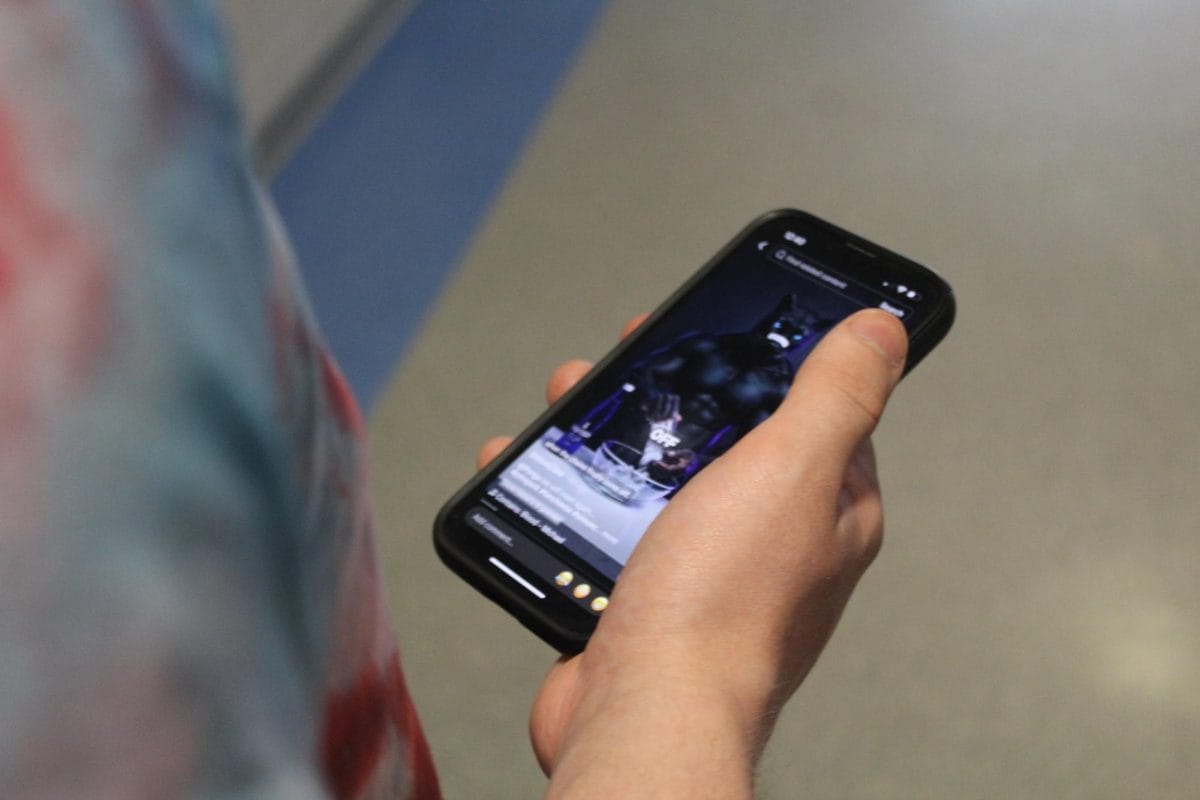The colorful flood of students in the hallway, despite their diverse backgrounds, all have a common goal after the third period bell has rung: get to class. The procession is almost ritualistic as the river of high schoolers filters off into various classrooms. Individual conversations coalesce to form a resonating hum throughout the school, only to disappear once again.
“There will be a hall sweep this period.” A familiar voice rings across the loudspeaker. It echoes through the walkie talkies of hall monitors, who quickly mobilize to find late students. For those on time, this means nothing. However, an unlucky few must get tardy passes, which carry compounding consequences. Without a doubt, hall sweeps are a staple of our school. But do they actually play a role in reducing lateness?
During the six minute window between class periods, the hall sweep announcement generally occurs after the first three or four minutes. This is a change from the previous policy, where the announcement came at the start of the transition period. This is because, upon hearing of the impending sweep, students would start running to classes to avoid being late. Now, the goal of hall sweeps isn’t to proactively prevent lateness, but rather punish those who will be late by ambushing them with a sweep.
Once detained by an administrator, students provide their student ID numbers and receive a small blue tardy pass. If the sweep happens at the start of the day, the process is slightly different. All students must report to the first floor and wait in line to receive a pass. This has been criticized for taking away even more time from class. Students from the second and third floors have to make long journeys to receive their hall passes, stacking five to ten minutes onto their tardiness.
The first time a student is late, they are given a verbal warning. The second time results in a lunch detention, and the third means an after school detention along with a letter to parents. Should a student be late four times in a row, a parent conference would be held and the assistant principal for the student’s grade would decide further consequences. Typically, the parent conferences are not punitive. Administration and the student’s family work together to determine the root of the student’s chronic absence.
There are some flaws that come with this model of sweeping. Firstly, if a student is talking with a teacher after class and forgets a pass, it could result in getting swept. Things like traffic for buses and cars can also make students late without it being their fault. However, hall sweeps have led to a drastic decline in student tardiness. Most students are never swept in the first place, and those who are usually change their habits after receiving a lunch detention. While “hall sweep” is a phrase that normally slips out of angry mouths, the benefits as a whole outweigh the costs for our school.


